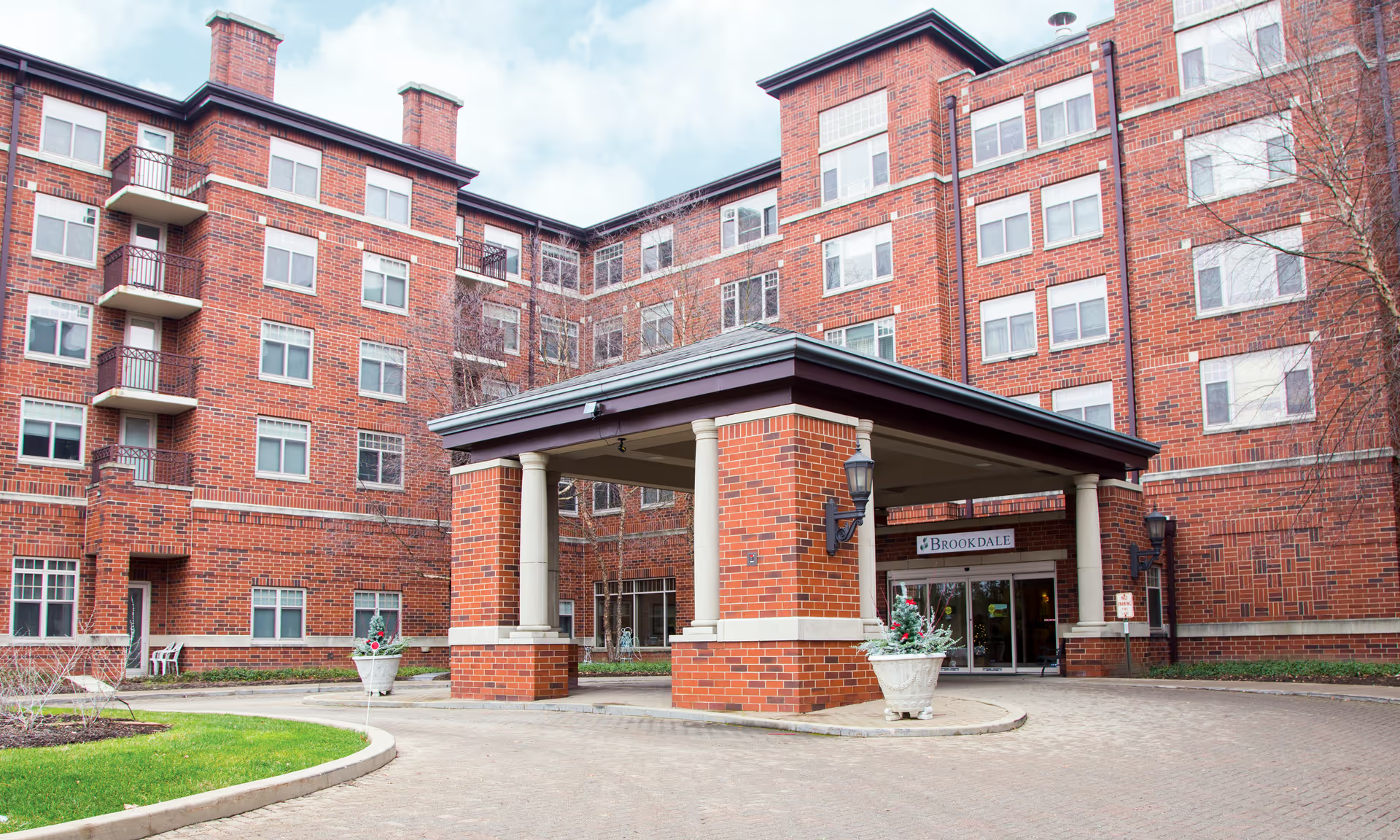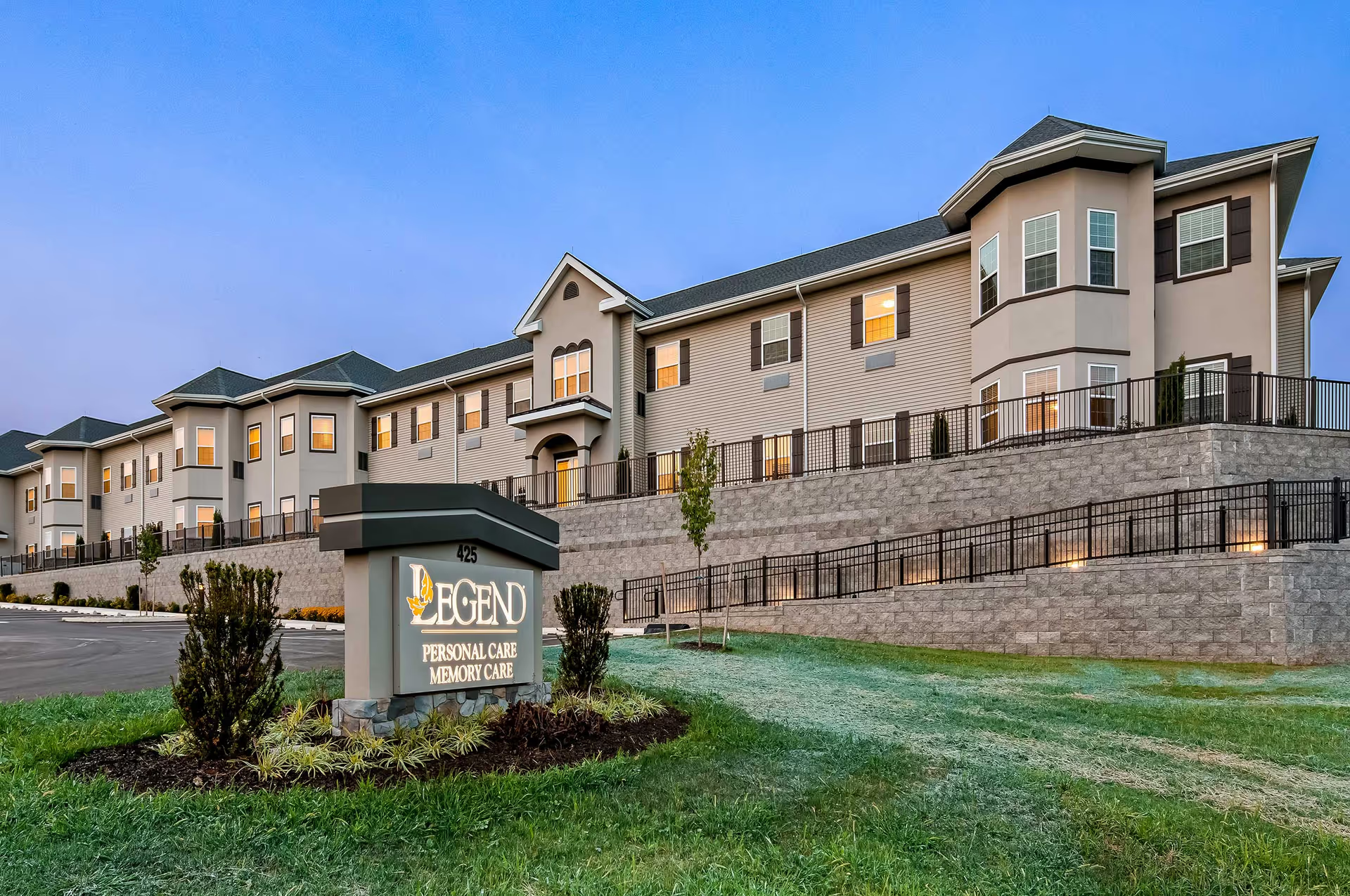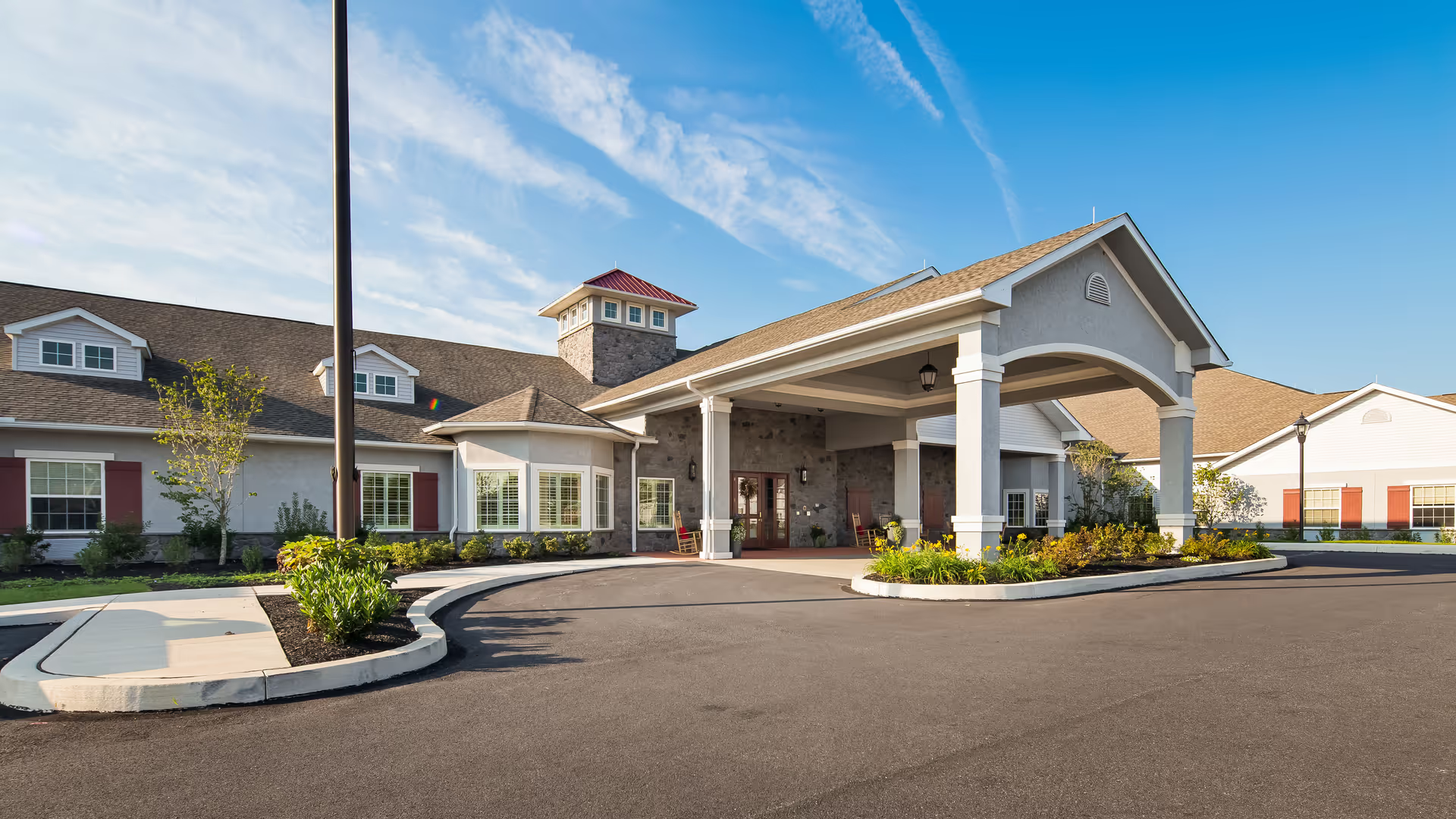Overall sentiment in the reviews is strongly mixed: a majority of comments praise the staff, environment, and many aspects of care, while a smaller but serious subset of reviews alleges significant neglect, safety lapses, and clinical errors. Many reviewers emphasize that staff are warm, compassionate, attentive, and treat residents and families like family — noting consistent, long-term relationships, quick communication, and high-quality end-of-life care. The facility’s physical environment is repeatedly praised as clean, well-maintained, comfortably furnished, and attractively decorated, and reviewers commonly recommend the center to others and praise it as a good place to volunteer or to work.
Staff performance is the most frequently cited positive theme. Multiple reviewers highlight nurses, CNAs, and other staff for kindness, tenderness, attention to detail, and reliable care over years. Families report receiving regular updates on condition and progress and express gratitude for compassionate end-of-life support. There are consistent remarks that the caregiving culture is nurturing and resident-focused, with staff who are helpful, friendly, and dedicated.
However, a number of reviews describe very serious clinical and safety concerns that contrast sharply with the positive accounts. Allegations include neglectful behavior and delayed or incorrect medication administration (with at least one reviewer attributing a stroke and subsequent loss of function to medication mistiming), rapid and significant weight loss (one report of 21 lbs in one month), apparent over-sedation or being "drugged to bed rest," falls resulting in bruises, skin tears, and a broken hip requiring surgery and rehab, and incidents of residents being dropped from wheelchairs. These reports, if accurate, raise major red flags about medication management, fall prevention, supervision, staff training, and incident reporting. The presence of both frequent praise and a small number of severe harm allegations suggests either inconsistent care practices across shifts/teams or isolated but consequential lapses; reviewers themselves note inconsistency in care vision and request better direction from management for CNAs.
Facility operations and amenities receive mostly positive comments: reviewers find rooms comfortable, common areas attractive, the building clean, and the dementia unit appropriately locked. Activities and guest services (including guest trays) receive praise. At the same time, there are operational complaints: several reviewers say the facility "nickel-and-dimes" families by charging for basic supplies (wipes, diapers, bandages), and shared rooms raise privacy concerns for some residents. Dining receives mixed reviews — some say food is great, others call it "not great" or "awful" — indicating variability in mealtime satisfaction.
Patterns and practical implications: the dominant pattern is a facility with many strengths in staffing culture and environment that nonetheless has at least a few reviews describing serious safety or clinical failures. Because the harmful incidents reported are severe (falls with fractures, suspected medication-related stroke, significant unexplained weight loss, feeding tube placement after events), they warrant careful attention from prospective families. They may reflect isolated events, differences between shifts, or systemic issues in supervision and clinical protocols. Reviewers repeatedly mention the need for clearer direction and oversight of CNAs, suggesting management-level opportunities for improvement in training, staffing consistency, and clinical governance.
Recommendations for families and decision-makers (based on the review themes): if considering this facility, strongly consider an in-person tour focused on clinical safety and operations. Ask to review medication administration protocols, fall-prevention procedures, incident/complaint logs, staffing ratios (including night shift), staff training and supervision policies, and how the facility handles supplies and billing for items like diapers and wipes. Observe a shift change to gauge communication and consistency among staff. Request references from current families who have similar care needs to your loved one, and clarify roommate vs private room options and dementia unit policies. Finally, monitor weight trends, meal intake, wound care, and medication timing closely after placement, and maintain frequent communication with nursing leadership to promptly address any decline or safety concerns.
In summary, Westwood Hills Nursing and Rehabilitation Center appears to offer a caring, clean, and welcoming environment with many families reporting excellent, compassionate care. At the same time, several reviews describe very serious clinical and safety incidents that should not be ignored. Prospective residents and families should weigh the strong positive culture and facility upkeep against the reported safety lapses, perform targeted due diligence, and actively monitor care after move-in to ensure that the high standards many reviewers describe are consistently upheld.







